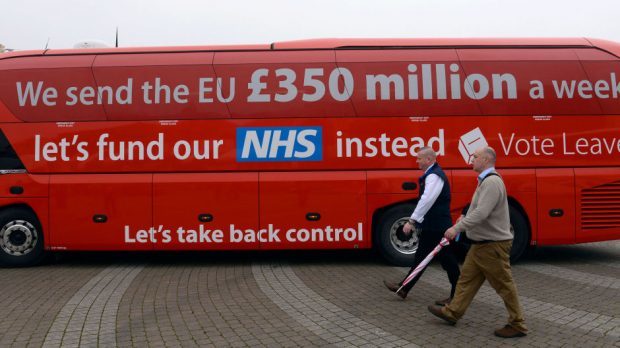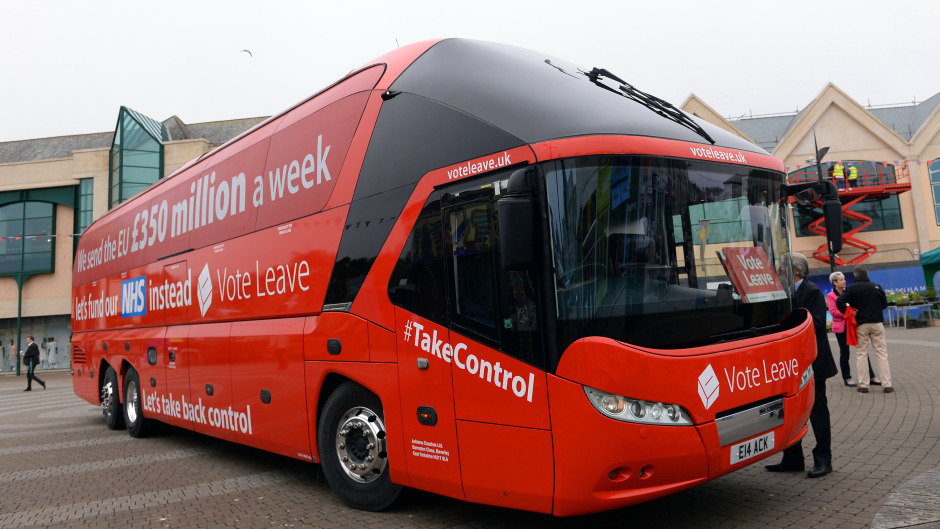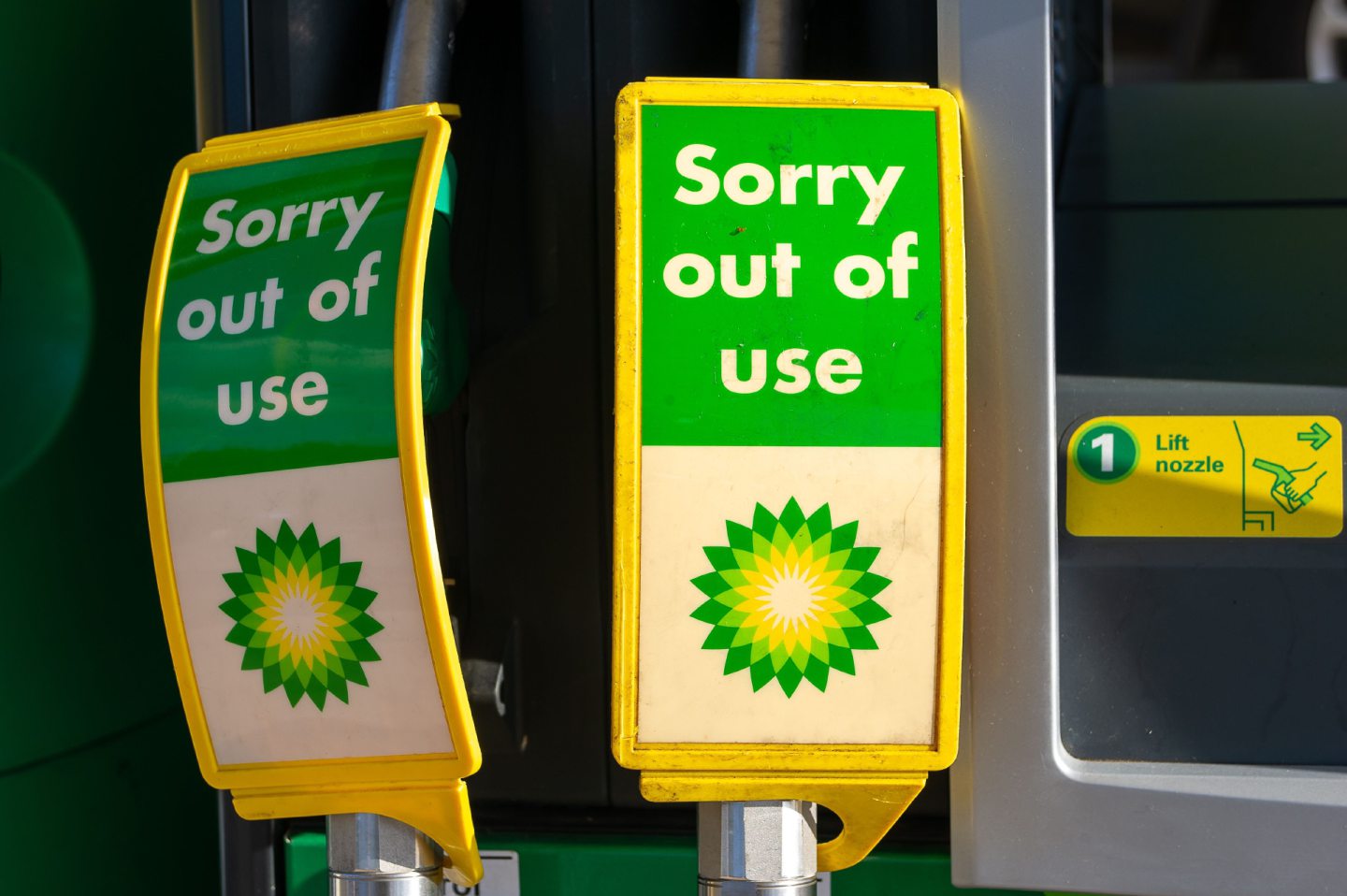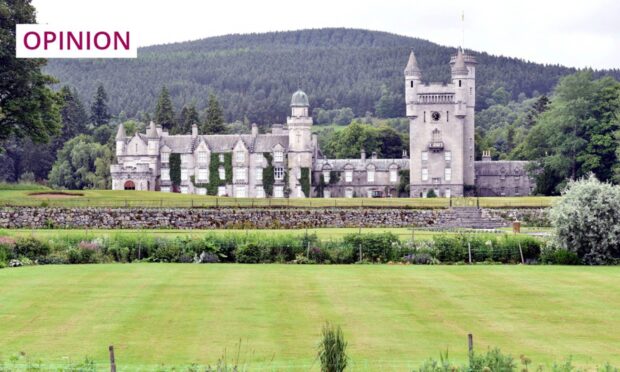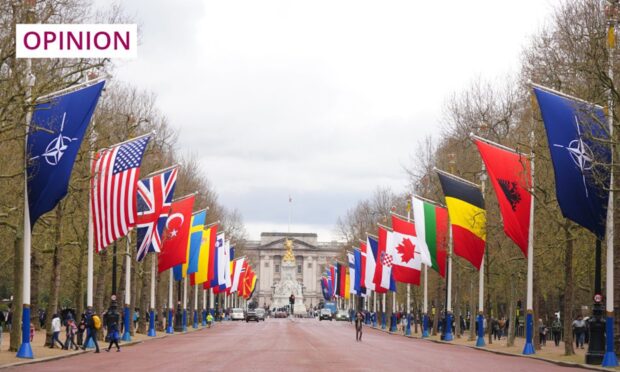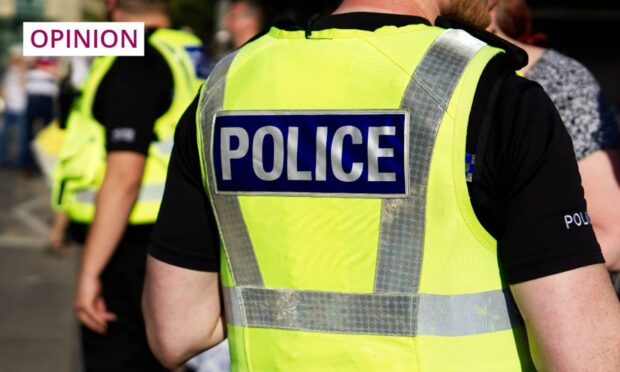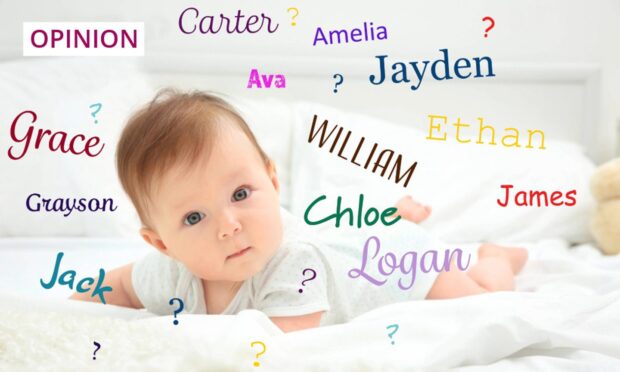From April next year, everyone in work – employees, employers, the self-employed – will pay an additional 1.25p in the pound in National Insurance.
It’s a laudable tax increase aimed at funding our hard-pressed National Health Service and one which, despite grumbles, most of us are happy to pay.
However, those of us with long memories recall the Brexit battle bus which toured the country during the 2016 referendum campaign. Remember what it said? “We send the EU £350 million a week. Let’s fund our NHS instead.”
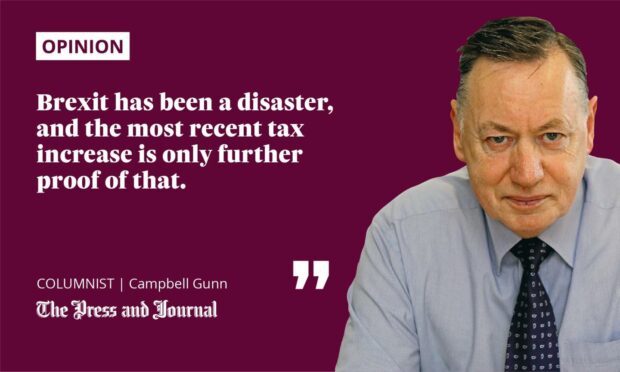 The National Insurance tax increase is expected to raise £12 billion a year. Yet, simple arithmetic tells us that if the claim made by Brexiteers about the £350 million was true, leaving the EU would have given us £18.2 billion to redirect to our NHS.
The National Insurance tax increase is expected to raise £12 billion a year. Yet, simple arithmetic tells us that if the claim made by Brexiteers about the £350 million was true, leaving the EU would have given us £18.2 billion to redirect to our NHS.
Not only have Brexit supporters consistently failed to admit that the figure was false, but Prime Minister Boris Johnson, when challenged on it during a Commons committee in July, claimed it was probably something of an under-estimate.
Where did the £350 million figure come from?
So why do we need the National Insurance hike? The answer, of course, is that the figure was a lie, like many of the claims made during the campaign. It appears to have been taken from EU budget figures for 2015, the last for which detailed statistics were available before the referendum campaign.
All EU countries contribute a proportion of the VAT they collect, as well as a proportion of their annual GDP, to Brussels. In 2015, we paid the EU €3.74 billion in VAT and €20.6 billion in GDP payment. We received back a rebate of €6.01 billion, leaving us with a total payment of €18.29 billion. That works out at exactly €350 million a week.
This figure – 350 million – appears to be the source of the figure on the Brexit bus, as no other calculation comes close. Yet, the currency used on the side of the Brexit bus was pounds, not euros. Whether that was a simple mistake or a deliberate ploy to mislead is for the Brexit campaign to answer.
But there are other matters to consider. That total figure does not include the almost £4 billion paid back by the EU to our farmers in subsidies under the Common Agricultural Policy, payments for research and development, and other monies flowing from the EU to the UK.
These total €7.46 billion, resulting in the final figure we paid to the EU being under €11 billion, a sum almost half the £18.2 billion – €21.3 billion – claimed on the infamous Brexit bus.
The realities of Brexit
The failure of Brexit to fund the NHS in the way it was claimed during the campaign is only one of the serious problems our exit from the EU has created.
“Scrapping of European laws did not happen, as all EU laws introduced over the 40 years during which the UK was a member were adopted into UK law, in what has been described as a ‘massive copy and paste exercise’
Leaving aside the outrage in sections of the Northern Irish community over customs barriers thanks to the fact that they’re still aligned in tariff terms with the EU, exports from Britain to Ireland fell by £2.5 billion in the first seven months of this year, according to the Irish Government. This is despite Boris Johnson having claimed that there would be an Irish trade border “over my dead body”. The reality is more checks, more bureaucracy.
The fishing industry is already having second thoughts over its earlier support for the UK exiting the EU. The claim was that the UK would be “taking back control of our fishing waters”, when the reality is that the value of fish stocks taken by EU boats in UK waters will reduce by just 25%, and then only after another five years, in 2026.
The most recent effect of Brexit has seen a shortage of lorry drivers, leading to no milkshakes at McDonald’s and, more seriously, petrol shortages, empty shelves in supermarkets and lack of essentials like bottled gas for rural areas.
Labour shortages in farming, transport, medicine, food and drink, and the tourist industry have all been reported. Scrapping of European laws did not happen, as all EU laws introduced over the 40 years during which the UK was a member were adopted into UK law, in what has been described as a “massive copy and paste exercise”.
The claim that “taking back control of our borders” would reduce immigration has also proved false. While immigration from the EU has fallen, immigration from elsewhere in the world has increased, with the result that actual numbers have remained roughly the same.
Brexit has been a disaster, and the most recent tax increase is only further proof of that. All of this convinces me that the Indyref2 campaign, when it finally begins, should be run as Scotland’s Euroref2.
Campbell Gunn is a retired political editor who served as special adviser to two First Ministers of Scotland
